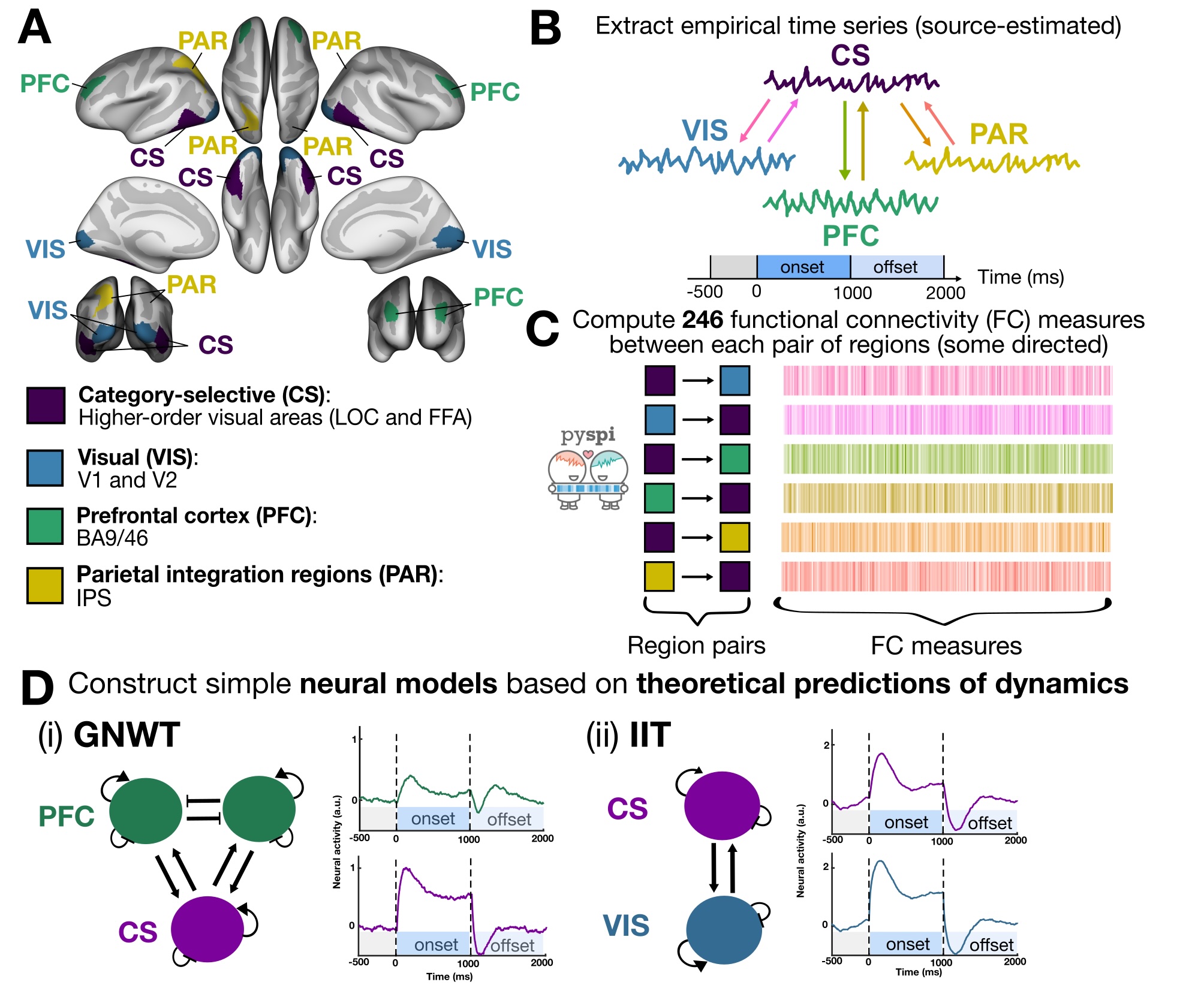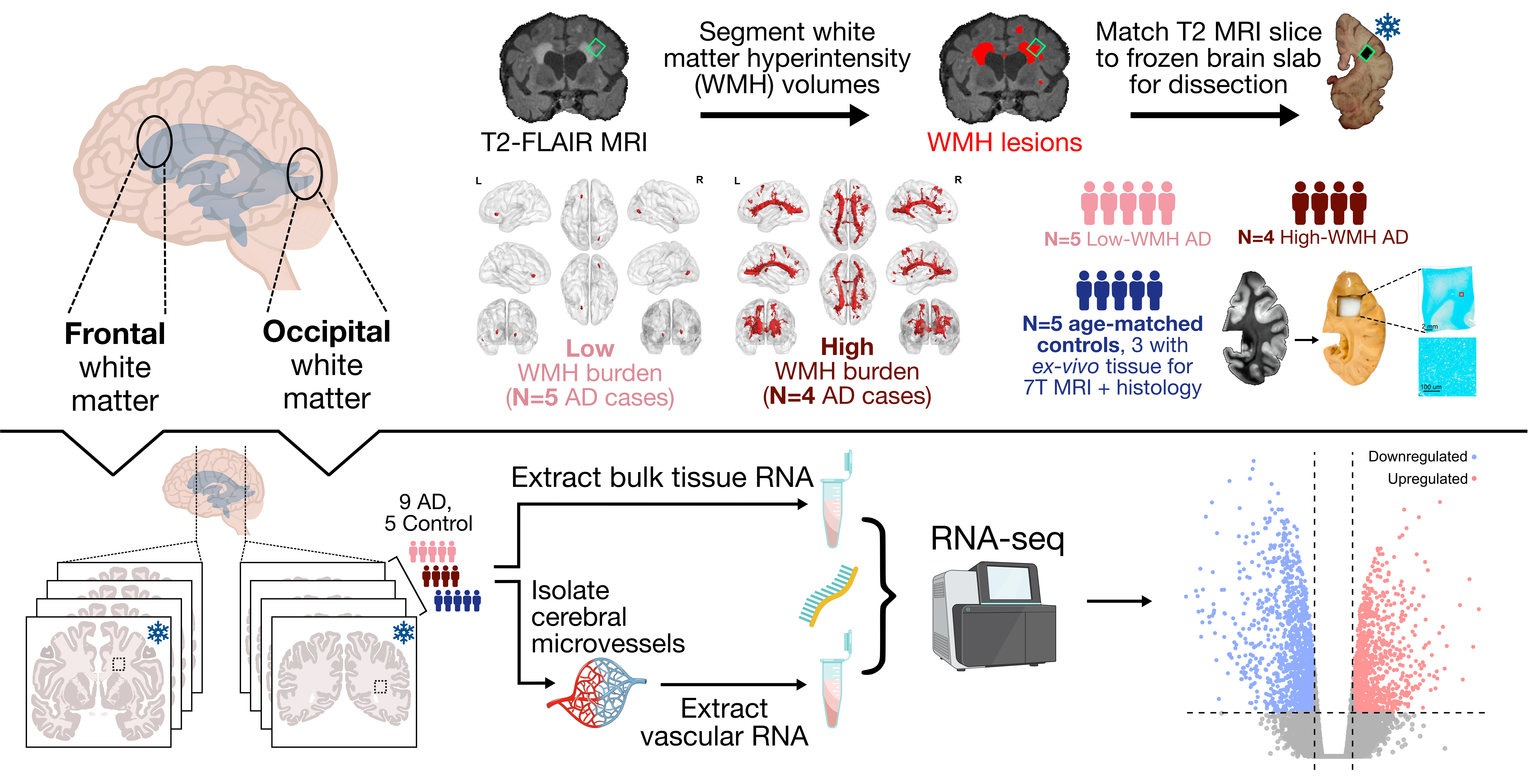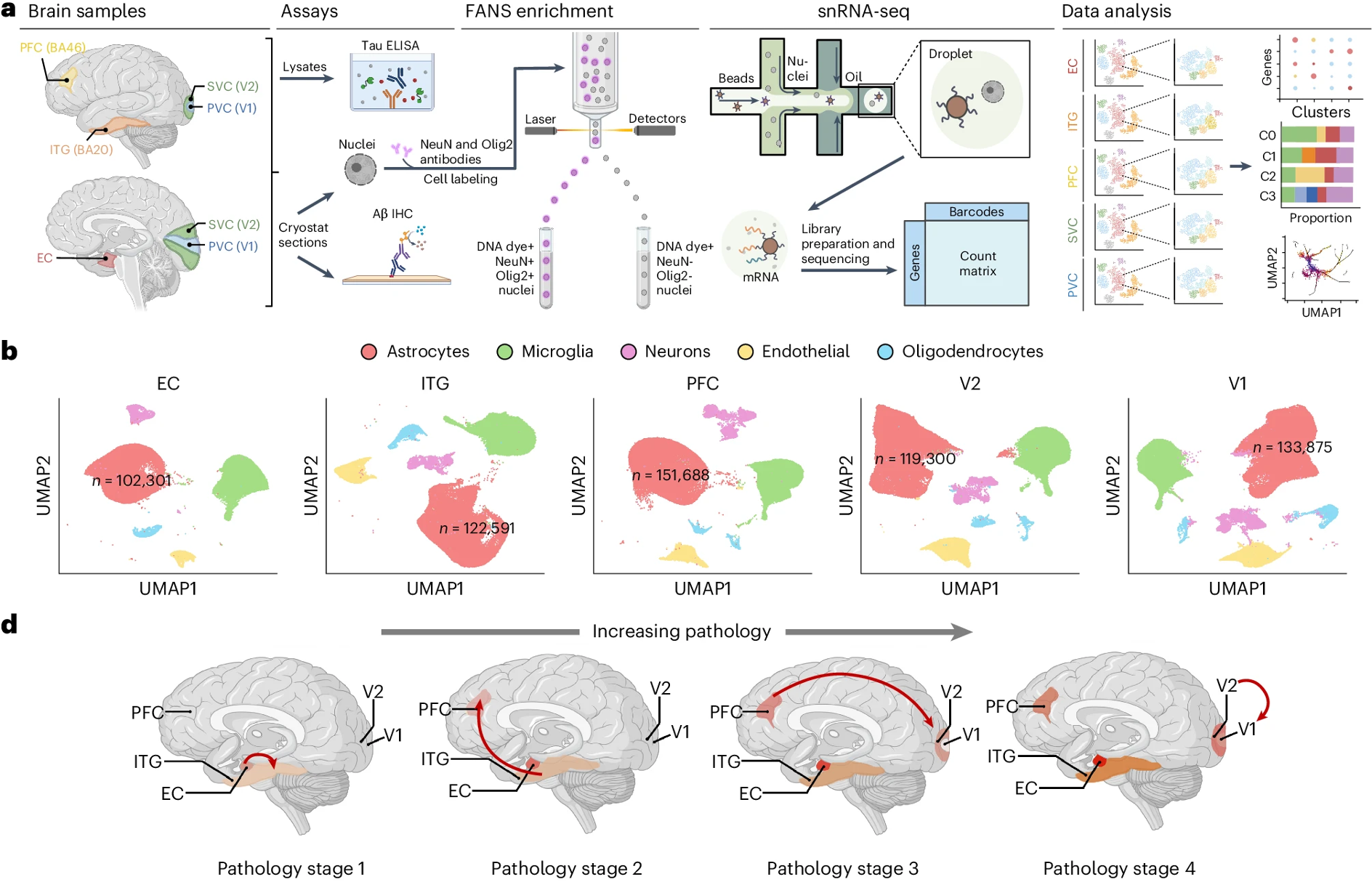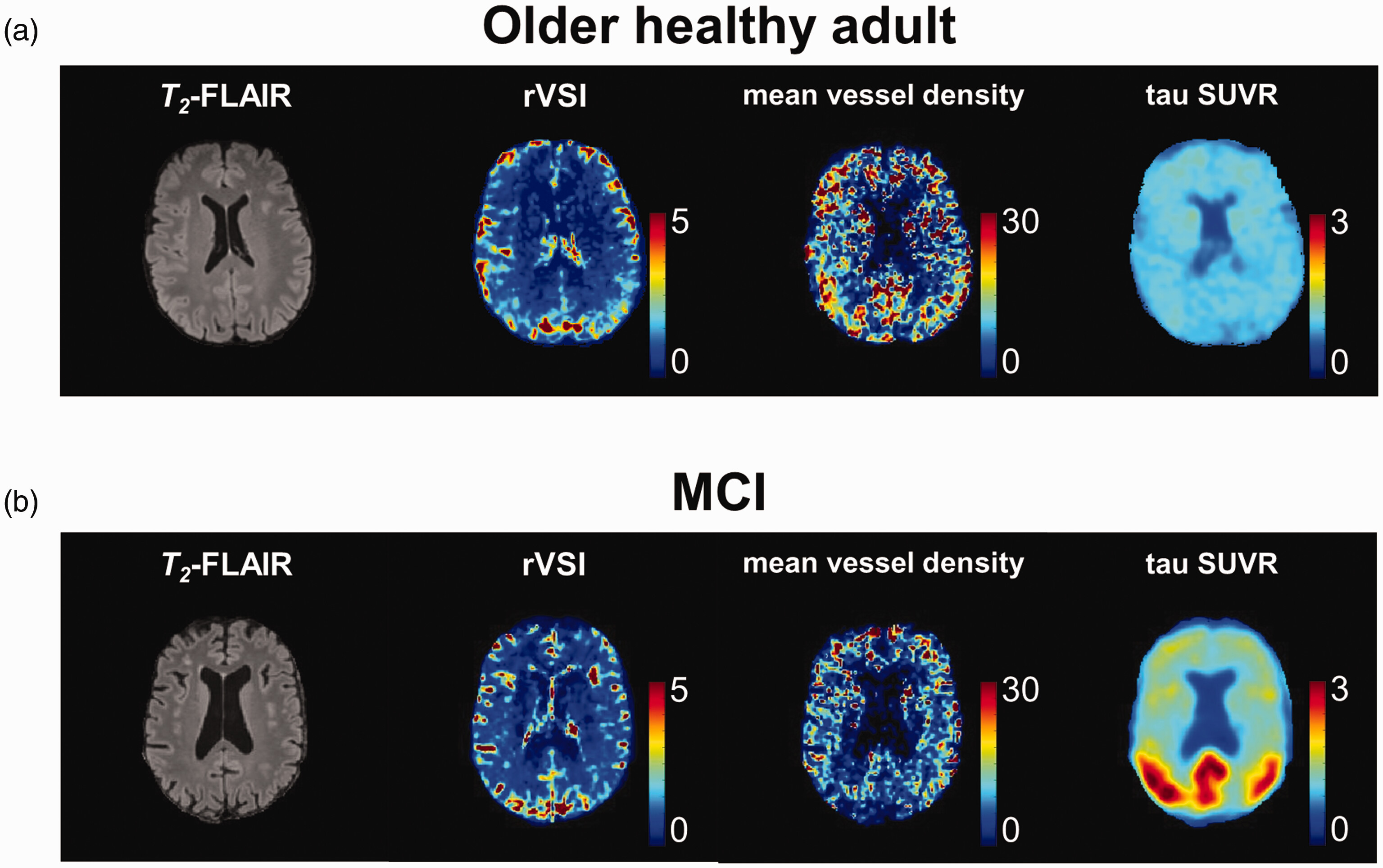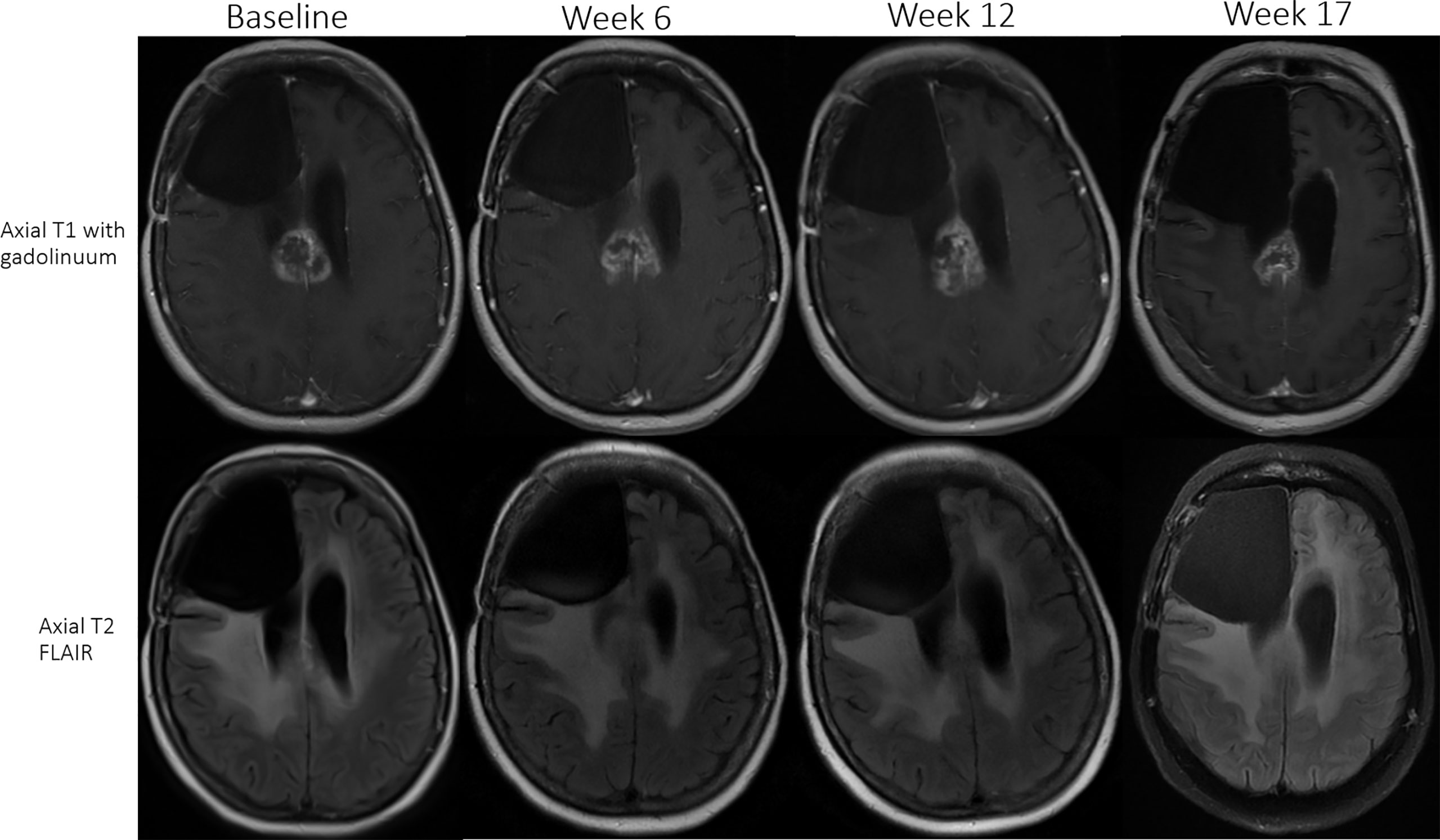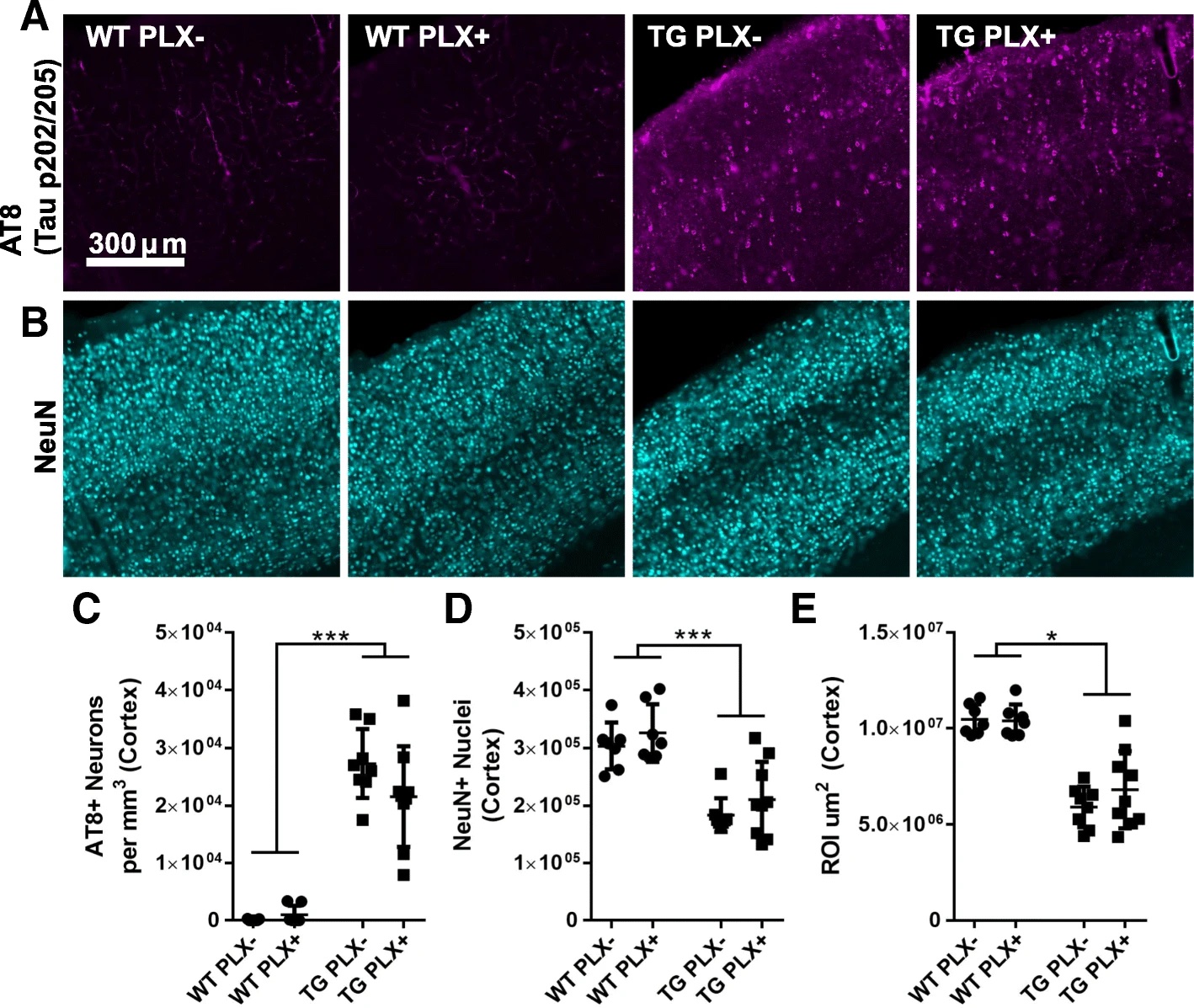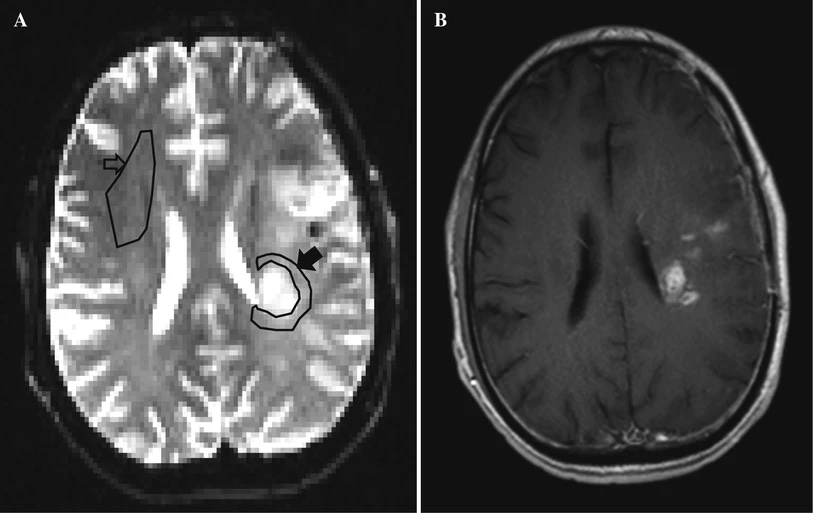publications
Peer-reviewed publications and preprints under review for which I have been a contributing author.
2025
- A data-driven approach to identifying and evaluating connectivity-based neural correlates of consciousnessAnnie G Bryant, and Christopher J WhytebioRxiv, 2025
Identifying the neural correlates of consciousness remains a major challenge in neuroscience, requiring theories that bridge between subjective experience and measurable neural correlates. However, theoretical interpretation of empirical evidence is often post hoc and susceptible to confirmation bias. Building upon the adversarial collaboration mediated by the COGITATE Consortium, we present a generalizable approach for the data-driven identification, evaluation, and theoretical modeling of connectivity-based neural correlates of consciousness. Using the same magnetoencephalography (MEG) dataset and accompanying pre-registered hypotheses from the COGITATE Consortium, we systematically compared 246 functional connectivity (FC) measures between regions predicted to underlie conscious vision by Integrated Information Theory (IIT) and/or Global Neuronal Workspace Theory (GNWT). We identified a family of FC measures based on the barycenter—tracking the ’center of mass’ between two signals—as the top-performing stimulus decoding measures that generalize across regions central to predictions of both IIT and GNWT. To interpret these findings within a theoretical framework, we developed neural mass models that recapitulate the neural dynamics hypothesized to underlie conscious perception by each theory. Comparing simulated barycenter values from these models against empirically measured MEG data revealed that the GNWT-based model, featuring delayed ignition dynamics, better captured observed connectivity patterns than the IIT-based model, which relied on highly synchronized sensory dynamics. Beyond dataset-specific conclusions and limitations, we introduce a framework for systematically identifying and testing candidate neural correlates of consciousness in an unbiased and interpretable manner.
- Benchmarking overlapping community detection methods for applications in human connectomicsAnnie G Bryant*, Aditi Jha*, Sumeet Agarwal, Patrick Cahill, Brandon Lam, Stuart G Oldham, Aurina Arnatkeviciute, Alex Fornito, and Ben D FulcherNetwork Neuroscience, 2025*Co-first authors.
Brain networks exhibit non-trivial modular organization, with groups of densely connected areas participating in specialized functions. Traditional community detection algorithms assign each node to one module, but this representation cannot capture integrative, multi-functional nodes that span multiple communities. Despite the increasing availability of overlapping community detection algorithms (OCDAs) to capture such integrative nodes, there is no objective procedure for selecting the most appropriate method and its parameters for a given problem. Here we overcome this limitation by introducing a data-driven method for selecting an OCDA and its parameters from performance on a tailored ensemble of generated benchmark networks, assessing 22 unique algorithms and parameter settings. Applied to the human right-hemisphere structural connectome, we find that the ’Order Statistics Local Optimization Method’ (OSLOM) best identifies ground-truth overlapping structure in the benchmark ensemble, yielding a seven-network decomposition of the right-hemisphere cortex. These modules are bridged by fifteen overlapping regions that generally sit at the apex of the putative cortical hierarchy–suggesting integrative, higher-order function–with network participation increasing along the cortical hierarchy, a finding not supported using a non-overlapping modular decomposition. This data-driven approach to selecting OCDAs is applicable across domains, opening new avenues to detecting and quantifying informative structures in complex real-world networks.
- Molecular profiling of frontal and occipital subcortical white matter hyperintensities in Alzheimer’s diseaseAnnie G Bryant*, Sulochan Malla*, Andrew Li, Benjamin Woost, Nina Wolf, Rojashree Jayakumar, Sudeshna Das, Susanne Veluw, and Rachel BennettFrontiers in Neurology, 2025*Co-first authors.
- Mapping functional, structural, and transcriptomic correlates of homotopic connectivityAnnie G Bryant, James M Shine, and Ben D Fulcher2025
Homotopic functional connectivity (HoFC)—the synchronous activity between homologous regions of the left and right hemispheres—is a hallmark of inter-hemispheric brain architecture, yet its biological underpinnings remain incompletely understood. Here, we characterize spatial variation in resting-state HoFC and its relation to dominant natural axes of anatomical, functional, and transcriptomic organization across the human cerebral cortex. We show that the regional distribution of HoFC, from the lowest in association areas (especially limbic) to the highest in primary sensorimotor regions, is preserved across neuropsychiatric disorders in a separate neuroimaging cohort (including schizophrenia, bipolar I disorder, and attention-deficit hyperactivity disorder) despite disease-associated perturbations in magnitude. Regional variation in HoFC is not fully explained by properties of physical embedding or vascular innervation in the brain, suggesting involvement of alternative physiological processes. Furthermore, we find that regions with stronger HoFC are more functionally connected within and across hemispheres at rest, suggesting that homotopic functional coupling is positively associated with brain-wide functional synchrony. Our results collectively suggest that HoFC is inherently aligned with a fundamental natural axis of macroscopic cortical organization and shared global signal—advancing our understanding of the biological correlates of cortical homotopy and suggesting potential mechanisms to investigate in the future.
- Unifying concepts in information-theoretic time-series analysisAnnie G Bryant, Oliver M Cliff, James M Shine, Ben D Fulcher, and Joseph T Lizier2025
Information theory is a powerful framework for quantifying complexity, uncertainty, and dynamical structure in time-series data, with widespread applicability across disciplines such as physics, finance, and neuroscience. However, the literature on these measures remains fragmented, with domain-specific terminologies, inconsistent mathematical notation, and disparate visualization conventions that hinder interdisciplinary integration. This work addresses these challenges by unifying key information-theoretic time-series measures through shared semantic definitions, standardized mathematical notation, and cohesive visual representations. We compare these measures in terms of their theoretical foundations, computational formulations, and practical interpretability – mapping them onto a common conceptual space through an illustrative case study with functional magnetic resonance imaging time series in the brain. This case study exemplifies the complementary insights these measures offer in characterizing the dynamics of complex neural systems, such as signal complexity and information flow. By providing a structured synthesis, our work aims to enhance interdisciplinary dialogue and methodological adoption, which is particularly critical for reproducibility and interoperability in computational neuroscience. More broadly, our framework serves as a resource for researchers seeking to navigate and apply information-theoretic time-series measures to diverse complex systems.
- Cerebellar and Subcortical Contributions to Working Memory ManipulationJoshua Bradley Chan Tan, Isabella F Orlando, Christopher Whyte, Annie G Bryant, Brandon R Munn, Giulia Baracchini, Maedbh King, Claire O’Callaghan, Eli J Müller, and James M ShinebioRxiv, 2025
Working memory enables us to temporarily store and manipulate information, a crucial function for problem-solving. However, most working memory models emphasize cortical interactions ignoring contributions from subcortical and cerebellar regions. Given the dense connectivity between the cerebellum, subcortex, and cortex, we hypothesize that these regions provide unique contributions during working memory manipulation. We tested this hypothesis using functional Magnetic Resonance Imaging (fMRI) to measure blood oxygen-level dependent (BOLD) activity during a mental rotation task, where participants judged whether rotated pairs of three-dimensional stimuli were identical. Our results revealed a distributed network spanning the cortex, subcortex, and cerebellum that differentiates rotated from non-rotated stimuli and correct from incorrect responses. BOLD recruitment in these regions increased with larger angles of rotation. We observed delayed responses in premotor, subcortical, and cerebellar regions during incorrect trials. These findings suggest that cerebellar and subcortical regions support working memory manipulation, highlighting a broader mechanism by which distributed brain regions interact to coordinate higher cognitive functions.
2024
- Extracting interpretable signatures of whole-brain dynamics through systematic comparisonAnnie G Bryant, Kevin Aquino, Linden Parkes, Alex Fornito, and Ben D FulcherPLOS Computational Biology, 2024
Despite a rich and interdisciplinary literature on time-series analysis, the brain’s complex distributed dynamics are typically quantified using only a limited set of manually selected representations and statistics. This leaves open the possibility that alternative dynamical properties may outperform those reported for a given application. Here we address this limitation by introducing a systematic procedure to compare diverse, interpretable features of functional magnetic resonance imaging (fMRI) data, drawn from comprehensive algorithmic libraries to capture both dynamical properties of individual brain regions (intra-regional activity) and patterns of statistical dependence between regions (inter-regional functional coupling). We apply our data-driven approach to investigate alterations to dynamical structures in resting-state fMRI in participants with schizophrenia (SCZ), bipolar 1 disorder (BP), attention-deficit hyperactivity disorder (ADHD), and autism spectrum disorder (ASD). Our findings broadly support the use of linear time-series analysis techniques for fMRI-based case–control analysis, while also identifying novel informative dynamical structures that have previously received less attention. While some simple statistical representations of fMRI dynamics perform surprisingly well (e.g., properties within a single brain region), we found performance improvements through combining intra-regional properties with inter-regional coupling—consistent with distributed, multifaceted changes to fMRI dynamics in neuropsychiatric disorders. The data-driven approach here enables the systematic identification and interpretation of disorder-specific dynamical signatures, with applicability beyond neuroimaging to diverse scientific problems involving complex time-varying systems.
- Astrocyte transcriptomic changes along the spatiotemporal progression of Alzheimer’s diseaseAlberto Serrano-Pozo, Huan Li, Zhaozhi Li, Clara Muñoz-Castro, Methasit Jaisa-aad, Molly A Healey, Lindsay A Welikovitch, Rojashree Jayakumar, Annie G Bryant, Ayush Noori, and othersNature Neuroscience, 2024
Astrocytes are crucial to brain homeostasis, yet their changes along the spatiotemporal progression of Alzheimer’s disease (AD) neuropathology remain unexplored. Here we performed single-nucleus RNA sequencing of 628,943 astrocytes from five brain regions representing the stereotypical progression of AD pathology across 32 donors spanning the entire normal aging to severe AD continuum. We mapped out several unique astrocyte subclusters that exhibited varying responses to neuropathology across the AD-vulnerable neural network (spatial axis) or AD pathology stage (temporal axis). The proportion of homeostatic, intermediate and reactive astrocytes changed only along the spatial axis, whereas two other subclusters changed along the temporal axis. One of these, a trophic factor-rich subcluster, declined along pathology stages, whereas the other increased in the late stage but returned to baseline levels in the end stage, suggesting an exhausted response with chronic exposure to neuropathology. Our study underscores the complex dynamics of astrocytic responses in AD.
2023
- Aberrant vascular architecture in the hippocampus correlates with tau burden in mild cognitive impairment and Alzheimer’s disease.Hansol Lee, Jessie Fanglu Fu, Kyla Gaudet, Annie Bryant, Julie Price, Rachel Bennett, Keith Johnson, Bradley Hyman, Trey Hedden, David Salat, Yi-Fen Yen, and Susie HuangJournal of Cerebral Blood Flow & Metabolism, 2023
- Unifying pairwise interactions in complex dynamicsOliver M Cliff, Annie G Bryant, Joseph T Lizier, Naotsugu Tsuchiya, and Ben D FulcherNature Computational Science, 2023
Scientists have developed hundreds of techniques to measure the interactions between pairs of processes in complex systems, but these computational methods—from contemporaneous correlation coefficients to causal inference methods—define and formulate interactions differently, using distinct quantitative theories that remain largely disconnected. Here we introduce a large assembled library of 237 statistics of pairwise interactions, and assess their behavior on 1,053 multivariate time series from a wide range of real-world and model-generated systems. Our analysis highlights commonalities between disparate mathematical formulations of interactions, providing a unified picture of a rich interdisciplinary literature. Using three real-world case studies, we then show that simultaneously leveraging diverse methods can uncover those most suitable for addressing a given problem, facilitating interpretable understanding of the quantitative formulation of pairwise dependencies that drive successful performance. Our results and accompanying software enable comprehensive analysis of time-series interactions by drawing on decades of diverse methodological contributions.
- Endothelial cells are heterogeneous in different brain regions and are dramatically altered in Alzheimer’s diseaseAnnie Bryant, Zhaozhi Li, Rojashree Jayakumar, Alberto Serrano-Pozo, Benjamin Woost, Miwei Hu, Maya E Woodbury, Astrid Wachter, Gen Lin, Taekyung Kwon, Robert V Talanian, Knut Biber, Eric H Karran, Bradley T Hyman, Sudeshna Das, and Rachel BennettJournal of Neuroscience, 2023
Vascular endothelial cells play an important role in maintaining brain health, but their contribution to Alzheimer’s disease (AD) is obscured by limited understanding of the cellular heterogeneity in normal aged brain and in disease. To address this, we performed single nucleus RNAseq on tissue from 32 human AD and non-AD donors (19 female, 13 male) each with five cortical regions: entorhinal cortex, inferior temporal gyrus, prefrontal cortex, visual association cortex and primary visual cortex. Analysis of 51,586 endothelial cells revealed unique gene expression patterns across the five regions in non-AD donors. Alzheimer’s brain endothelial cells were characterized by upregulated protein folding genes and distinct transcriptomic differences in response to amyloid beta plaques and cerebral amyloid angiopathy (CAA). This dataset demonstrates previously unrecognized regional heterogeneity in the endothelial cell transcriptome in both aged non-AD and AD brain.
- Never a Dull Moment: Distributional Properties as a Baseline for Time-Series ClassificationTrent Henderson, Annie G Bryant, and Ben D FulcherarXiv, 2023
The variety of complex algorithmic approaches for tackling time-series classification problems has grown considerably over the past decades, including the development of sophisticated but challenging-to-interpret deep-learning-based methods. But without comparison to simpler methods it can be difficult to determine when such complexity is required to obtain strong performance on a given problem. Here we evaluate the performance of an extremely simple classification approach – a linear classifier in the space of two simple features that ignore the sequential ordering of the data: the mean and standard deviation of time-series values. Across a large repository of 128 univariate time-series classification problems, this simple distributional moment-based approach outperformed chance on 69 problems, and reached 100% accuracy on two problems. With a neuroimaging time-series case study, we find that a simple linear model based on the mean and standard deviation performs better at classifying individuals with schizophrenia than a model that additionally includes features of the time-series dynamics. Comparing the performance of simple distributional features of a time series provides important context for interpreting the performance of complex time-series classification models, which may not always be required to obtain high accuracy.
2021
- Heterogeneity of tau deposition and microvascular involvement in MCI and ADAnnie G Bryant, Mary K Manhard, David H Salat , Bruce R Rosen, Bradley T Hyman, Keith A Johnson, Susie Huang, Rachel E Bennett, and Yi-Fen YenCurrent Alzheimer Research, 2021
Background: Reduced cerebrovascular function and accumulation of tau pathology are key components of cognitive decline in Alzheimer’s disease (AD). Recent multimodal neuroimaging studies show a correlation between cortical tau accumulation and reduced cerebral perfusion. However, animal models predict that tau exerts capillary-level changes that may not be fully captured by standard imaging protocols. Objective: Using newly-developed magnetic resonance imaging (MRI) technology to measure capillary- specific perfusion parameters, we examined a series of mild cognitive impairment (MCI) and AD patients with tau positron emission tomography (PET) to observe whole-brain capillary perfusion alterations and their association with tau deposition. Methods: Seven subjects with MCI or AD received Flortaucipir PET to measure tau deposition and spin-echo dynamic susceptibility contrast (SE-DSC) MRI to measure microvascular perfusion (<10μm radius vessels). Gradient-echo (GE) DSC and pseudocontinuous arterial spin labeling (PCASL) MRI were also acquired to assess macrovascular perfusion. Tau PET, microvascular perfusion, and cortical thickness maps were visually inspected in volumetric slices and on cortical surface projections. Results: High tau PET signal was generally observed in the lateral temporal and parietal cortices, with uptake in the occipital cortex in one subject. Global blood flow measured by PCASL was reduced with increasing tau burden, which was consistent with previous studies. Tau accumulation was spatially associated with variable patterns of microvascular cerebral blood flow (CBF) and oxygen extraction fraction (OEF) in the cortex and with increased capillary transit heterogeneity (CTH) in adjacent periventricular white matter, independent of amyloid-β status. Conclusion: Although macrovascular perfusion generally correlated with tau deposition at the whole-cortex level, regional changes in microvascular perfusion were not uniformly associated with either tau pathology or cortical atrophy. This work highlights the heterogeneity of AD-related brain changes and the challenges of implementing therapeutic interventions to improve cerebrovascular function.
- A Comparative Retrospective Study of Immunotherapy RANO Versus Standard RANO Criteria in Glioblastoma Patients Receiving Immune Checkpoint Inhibitor TherapyXin Chen, Mary Jane Lim-Fat, Lei Qin, Angie Li, Annie Bryant, Camden P Bay, Lu Gao, Nityanand Miskin, Zaiyi Liu, J Bryan Iorgulescu, and othersFrontiers in Oncology, 2021
Objectives: Real-time assessment of treatment response in glioblastoma (GBM) patients on immune checkpoint blockade (ICB) remains challenging because inflammatory effects of therapy may mimic progressive disease, and the temporal evolution of these inflammatory findings is poorly understood. We compare GBM patient response during ICB as assessed with the Immunotherapy Response Assessment in Neuro-Oncology (iRANO) and the standard Response Assessment in Neuro-Oncology (RANO) radiological criteria. Methods: 49 GBM patients (seven newly diagnosed and 42 recurrent) treated with ICBs at a single institution were identified. Tumor burden was quantified on serial MR scans according to RANO criteria during ICB. Radiographic response assessment by iRANO and RANO were compared. Results: 82% (40/49) of patients received anti-PD-1, 16% (8/49) received anti-PD-L1, and 2% (1/49) received anti-PD-1 and anti-CTLA4 treatment. Change in tumor burden and best overall response ranged from -100 to +557% (median: +48%). 12% (6/49) of patients were classified as concordant non-progressors by both RANO and iRANO (best response: one CR, one PR, and four SD). Another12% (6/49) had discordant assessments: 15% (6/41) of RANO grade progressive disease (PD) patients had iRANO grade of progressive disease unconfirmed (PDU). The final classification of these discordant patients was pseudoprogression (PsP) in three of six, PD in two of six, and PDU in one of six who went off study before the iRANO assessment of PDU. iRANO delayed diagnosis of PD by 42 and 93 days in the two PD patients. 76% (37/49) patients were classified as concordant PD by both RANO and iRANO. 12% (6/49) of all patients were classified as PsP, starting at a median of 12 weeks (range, 4-30 weeks) after ICB initiation. Conclusions: Standard RANO and iRANO have high concordance for assessing PD in patients within 6 months of ICB initiation. iRANO was beneficial in 6% (3/49) cases later proven to be PsP, but delayed confirmation of PD by <3 months in 4% (2/49). PsP occurred in 12% of patients, starting at up to 7 months after initiation of ICB. Further study to define the utility of modified RANO compared with iRANO in ICB GBM patients is needed.
2020
- Cerebrovascular senescence is associated with tau pathology in Alzheimer’s diseaseAnnie G Bryant, Miwei Hu, Becky C Carlyle, Steven E Arnold, Matthew P Frosch, Sudeshna Das, Bradley T Hyman, and Rachel E BennettFrontiers in Neurology, 2020
Alzheimer’s Disease (AD) is associated with neuropathological changes, including aggregation of tau neurofibrillary tangles (NFTs) and amyloid-beta plaques. Mounting evidence indicates that vascular dysfunction also plays a key role in the pathogenesis and progression of AD, in part through endothelial dysfunction. Based on findings in animal models that tau pathology induces vascular abnormalities and cellular senescence, we hypothesized that tau pathology in the human AD brain leads to vascular senescence. To explore this hypothesis, we isolated intact microvessels from the dorsolateral prefrontal cortex (PFC, BA9) from 16 subjects with advanced Braak stages (Braak V/VI, B3) and 12 control subjects (Braak 0/I/II, B1), and quantified expression of 42 genes associated with senescence, cell adhesion, and various endothelial cell functions. Genes associated with endothelial senescence and leukocyte adhesion, including SERPINE1 (PAI-1), CXCL8 (IL8), CXCL1, CXCL2, ICAM-2, and TIE1, were significantly upregulated in B3 microvessels after adjusting for sex and cerebrovascular pathology. In particular, the senescence-associated secretory phenotype genes SERPINE1 and CXCL8 were upregulated by more than 2-fold in B3 microvessels after adjusting for sex, cerebrovascular pathology, and age at death. Protein quantification data from longitudinal plasma samples for a subset of 13 (n = 9 B3, n = 4 B1) subjects showed no significant differences in plasma senescence or adhesion-associated protein levels, suggesting that these changes were not associated with systemic vascular alterations. Future investigations of senescence biomarkers in both the peripheral and cortical vasculature could further elucidate links between tau pathology and vascular changes in human AD.
2018
- Partial reduction of microglia does not affect tau pathology in aged miceRachel E Bennett, Annie Bryant, Miwei Hu, Ashley B Robbins, Sarah C Hopp, and Bradley T HymanJournal of Neuroinflammation, 2018
Background: Activation of inflammation pathways in the brain occurs in Alzheimer’s disease and may contribute to the accumulation and spread of pathological proteins including tau. The goal of this study was to identify how changes in microglia, a key inflammatory cell type, may contribute to tau protein accumulation and pathology-associated changes in immune and non-immune cell processes such as neuronal degeneration, astrocyte physiology, cytokine expression, and blood vessel morphology. Methods: We used PLX3397 (290 mg/kg), a colony-stimulating factor receptor 1 (CSF1R) inhibitor, to reduce the number of microglia in the brains of a tau-overexpressing mouse model. Mice were fed PLX3397 in chow or a control diet for 3 months beginning at 12 months of age and then were subsequently analyzed for changes in blood vessel morphology by in vivo two-photon microscopy and tissues were collected for biochemistry and histology. Results: PLX3397 reduced microglial numbers by 30% regardless of genotype compared to control diet-treated mice. No change in tau burden, cortical atrophy, blood vessels, or astrocyte activation was detected. All Tg4510 mice were observed to have an increased in "disease-associated" microglial gene expression, but PLX3397 treatment did not reduce expression of these genes. Surprisingly, PLX3397 treatment resulted in upregulation of CD68 and Tgf1β. Conclusions: Manipulating microglial activity may not be an effective strategy to combat tau pathological lesions. Higher doses of PLX3397 may be required or earlier intervention in the disease course. Overall, this indicates a need for a better understanding of specific microglial changes and their relation to the disease process.
- Normalization of ADC does not improve correlation with overall survival in patients with high-grade glioma (HGG)Lei Qin, Angie Li, Jinrong Qu, Katherine Reinshagen, Xiang Li, Su-Chun Cheng, Annie Bryant, and Geoffrey S YoungJournal of Neuro-oncology, 2018
Mixed reports leave uncertainty about whether normalization of apparent diffusion coefficient (ADC) to a within-subject white matter reference is necessary for assessment of tumor cellularity. We tested whether normalization improves the previously reported correlation of resection margin ADC with 15-month overall survival (OS) in HGG patients. Spin-echo echo-planar DWI was retrieved from 3 T MRI acquired between maximal resection and radiation in 37 adults with new-onset HGG (25 glioblastoma; 12 anaplastic astrocytoma). ADC maps were produced with the FSL DTIFIT tool (Oxford Centre for Functional MRI). 3 neuroradtagiologists manually selected regions of interest (ROI) in normal appearing white matter (NAWM) and in non-enhancing tumor (NT) <2 cm from the margin of residual enhancing tumor or resection cavity. Normalized ADC (nADC) was computed as the ratio of absolute NT ADC to NAWM ADC. Reproducibility of nADC and absolute ADC among the readers’ ROI was assessed using intra-class correlation coefficient (ICC) and within-subject coefficient of variation (wCV). Correlations of ADC and nADC with OS were compared using receiver operating characteristics (ROC) analysis. A p value 0.05 was considered statistically significant. Both mean ADC and nADC differed significantly between patients subgrouped by 15-month OS (p = 0.0014 and 0.0073 respectively). wCV and ICC among the readers were similar for absolute and normalized ADC. In ROC analysis of correlation with OS, nADC did not perform significantly better than absolute ADC. Normalization does not significantly improve the correlation of absolute ADC with OS in HGG, suggesting that normalization is not necessary for clinical or research ADC analysis in HGG patients.
